Researchers from France and the United States joined forces to describe new data from the James Webb Space Telescope (JWST). Regarding the dwarf planets Sedna, Gonggong and Quaoar. The study, published in preprint, provides information on the size and composition of the new sky gods.
JWST returns data with eye on Kuiper Belt More detailed information on trans-Neptunian objects found in the area. Although they are currently undiscovered, little was known about these celestial spheres. Join us on this adventure beyond our terrestrial neighborhood.
dwarf planets
In 2006, there was a small revolution in the astronomy community. When a new category for planets was created, our beloved Pluto’s ranking was reduced, while other objects similar to it rose in the celestial rankings and became dwarf planets rather than asteroids.
The confusion began when Ceres, a planetoid in the Asteroid Belt, was believed to be larger than Pluto. With this conflict, the International Astronomical Union (IAU) created the classification for Dwarf Planets.
To fall into this new category, celestial objects must meet the following criteria: It orbits the sun and has enough mass to take an almost round shape. And Sedna, Gonggong and Quaoar meet all these criteria.
To be considered a planet, the candidate must meet the above criteria as well as be able to clear its orbit and sweep away all small rocks. It should be the largest in the system and should not be affected by gravitational interference from other objects in its orbit.
Kuiper Belt
The Kuiper belt is a disk of asteroids, comets, planetoids, and their moons in the outer solar system. It is located after the orbit of Neptune. therefore most of the objects found there are also known as Trans-Neptunian Objects..
It is in this belt that the largest number of dwarf planets live: Pluto, Eris, Haumea, Makemake, and now Sedna, Gonggong and Quaoar. The only planet not in a trans-Neptunian orbit is Ceres.It is located in the inner solar system, in the steroid belt.
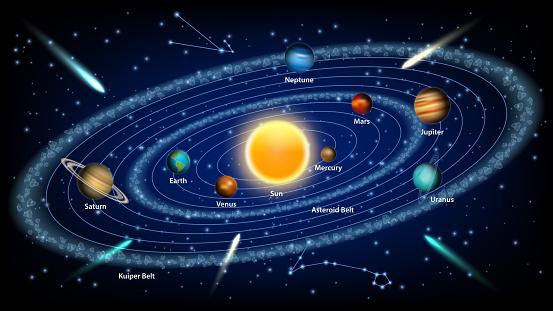
Many eyes have turned to the end of our solar system. Some research suggests that this edge and its components hold some of the answers to understanding the formation of our system.
The spaceflight Voyager 2 (1986 and 1989) and New Horizons, which reached closest point to Pluto in 2015, were the only missions to approach the outer edge. However, despite the beautiful flyby images, the focus of the missions was not to study the belt itself but the nearby gas giants and, especially for New Horizons, the spectacular Pluto and its surroundings.
And here is the James Webb Telescope, between its instruments and its 6.5 meter diameter mirror. Aimed at the edge of our system, the telescope captures data and images via the Near Infrared Spectrograph (NIRspec). This surveillance presented us with data on the possible composition of three recently confirmed dwarf planets.
And the universe reveals three more gods
Sedna
The planetoid, named after the Inuit goddess of the sea and sea animals, was first observed by the Palomar Observatory in 2012.
According to JWST data, Sedna has a reddish color indicating the presence of elements such as ethane, acetylene, ethylene, H.twoTraces and traces of the possible presence of COtwo.
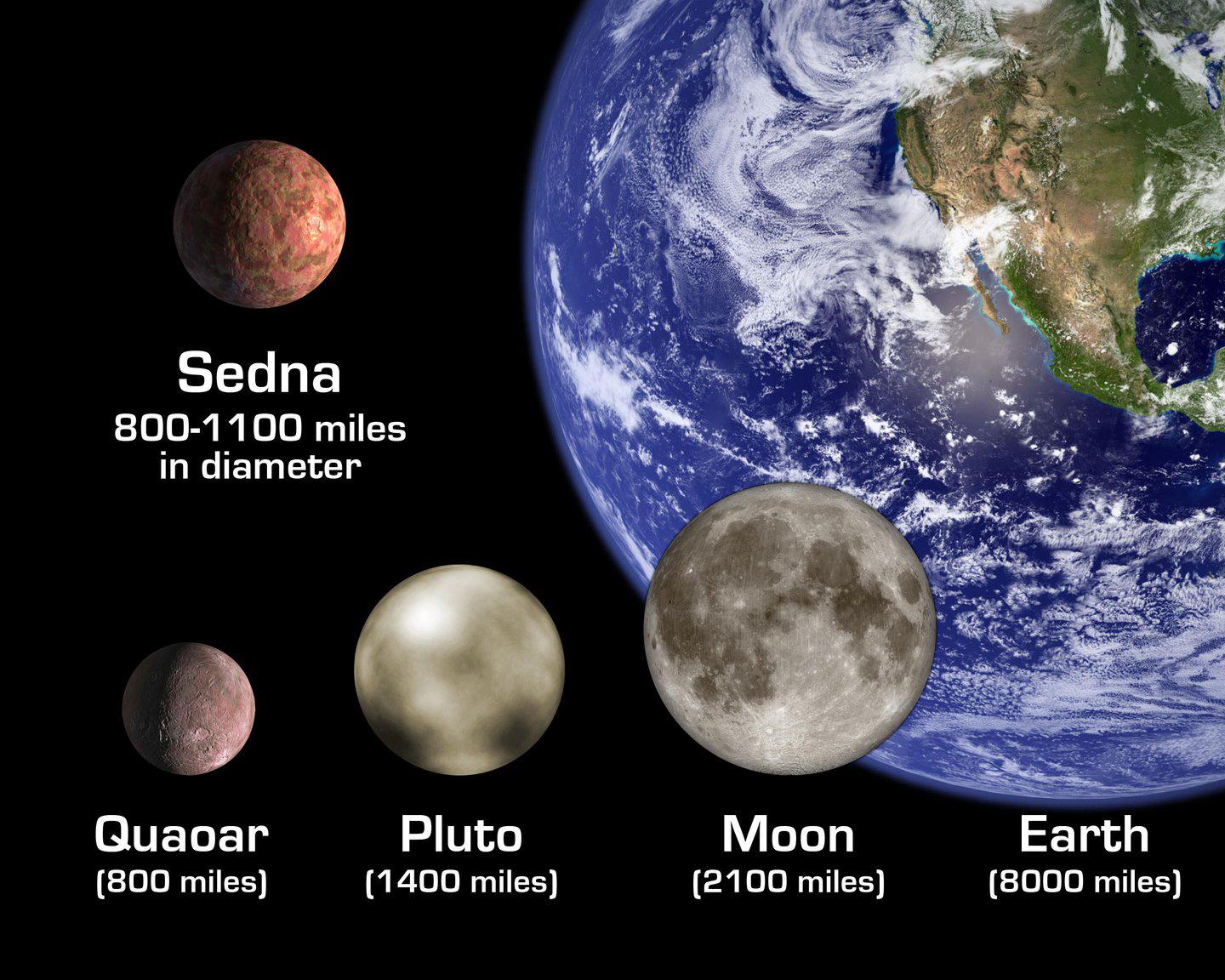
quaoar
The ice planet, first observed through the Samuel Oschin telescope at Palomar Observatory, was named after the god of creation, according to the mythology of the Tongva people, originally from America.
Some studies reporting the possible existence of rings around the dwarf planetand data compiled by the international team show traces of the presence of elements such as ethane, HtwoCO ice in deeper regions of the planetoidtwo and hydrocyanic acid.
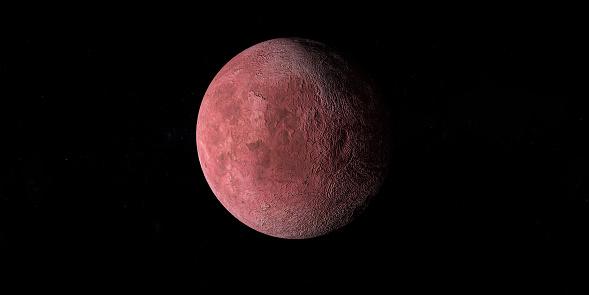
Gonggong
Gonggong, the size of Pluto’s moon Charon, was discovered by Michael Brown, David Rabinowitz and Megan Schwamb at the Palomar Observatory in 2007.
Its name comes from Chinese mythology, where Gonggong was the god of water responsible for floods and the tilt of the sky, thanks to a fit of rage in which he destroyed one of the pillars of the firmament.
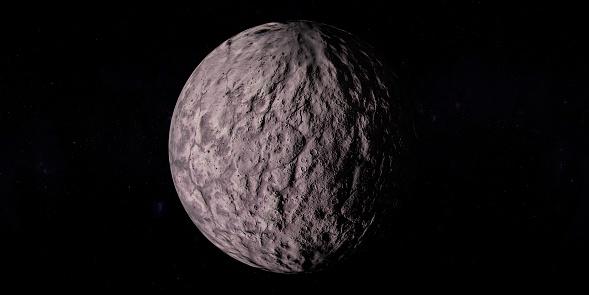
Gonggong was once the largest unnamed trans-Neptunian object, originally recorded as 2007 OR10.. Its spectrum, again trending towards red, indicates the presence of ethane, H2O and CO2 signals.
the universe outside
We are slowly climbing deeper into the universe. Research beyond our neighborhood Help us understand how planets form and how long they last until collapse.
Some research suggests that gas giants, for example, formed in other parts of our solar system and gradually migrated until they were stuck in their current orbits.

Moreover, peeking at trans-Neptunian objects breaks taboos regarding the existence, geography and geology of water. Pluto, for example, has proven to be a pleasant surprise, with its mountains, valleys, and beating heart that keeps it, in a sense, alive.
Now we can only wait for other news to come directly from the edges of our universe, whether from the Kuiper Belt or beyond.
Did you like the content? So, stay up to date with more curiosities about the end of the universe at TecMundo and take the opportunity to browse the collection of free Solar System posters launched by NASA.
43% Closed
)

Rely on 20-60x ocular zoom, 80mm optics, MC Prism and fully multi-coated objective lens for quality observations of everything from landscapes to birds! It also has adjustable visibility and IPX6.
R$ 1,035.36
Source: Tec Mundo
I’m Blaine Morgan, an experienced journalist and writer with over 8 years of experience in the tech industry. My expertise lies in writing about technology news and trends, covering everything from cutting-edge gadgets to emerging software developments. I’ve written for several leading publications including Gadget Onus where I am an author.






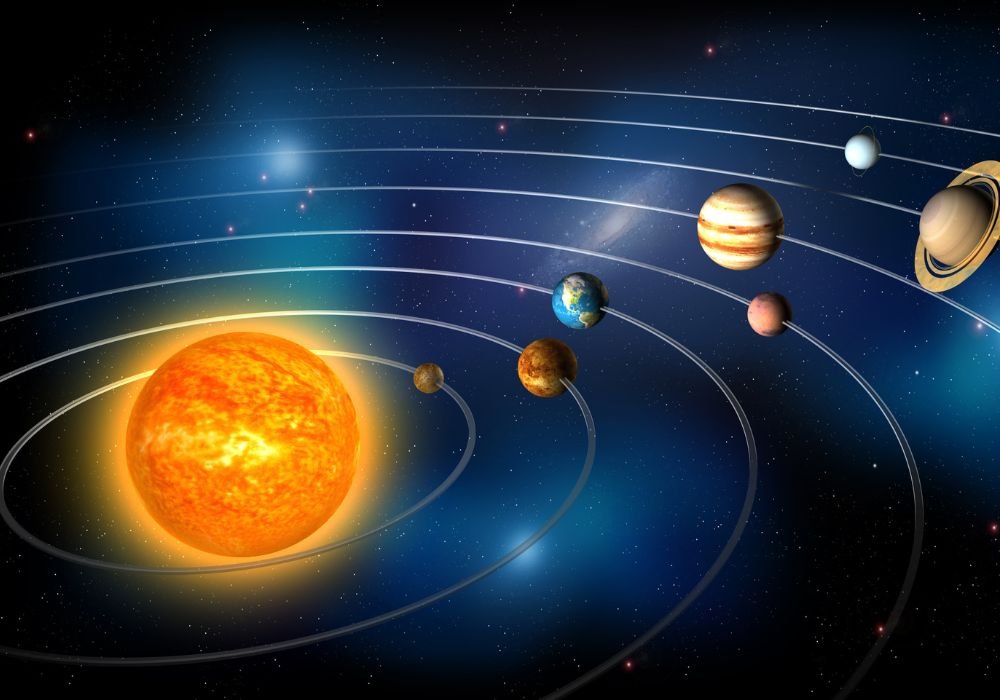
)
)






